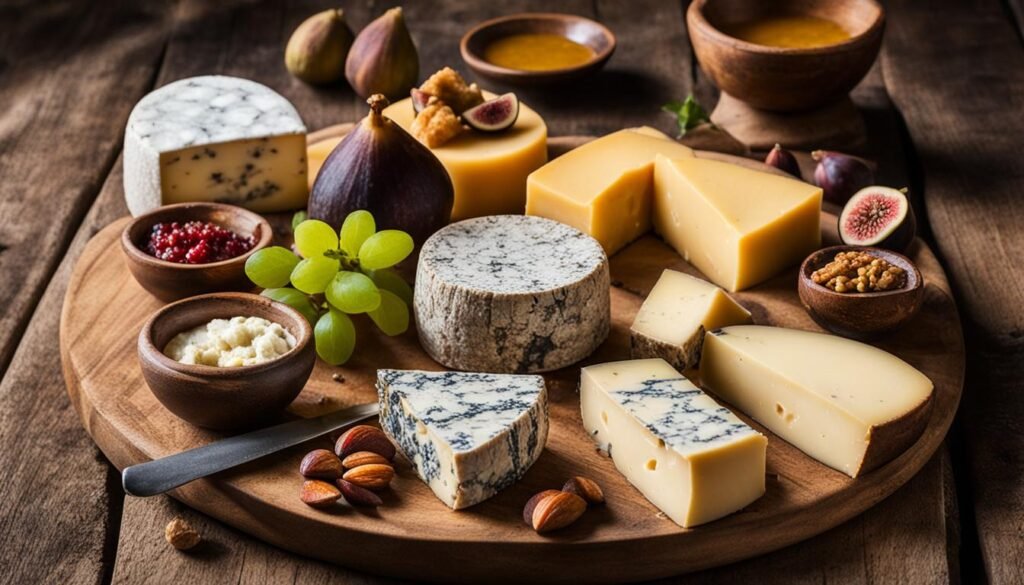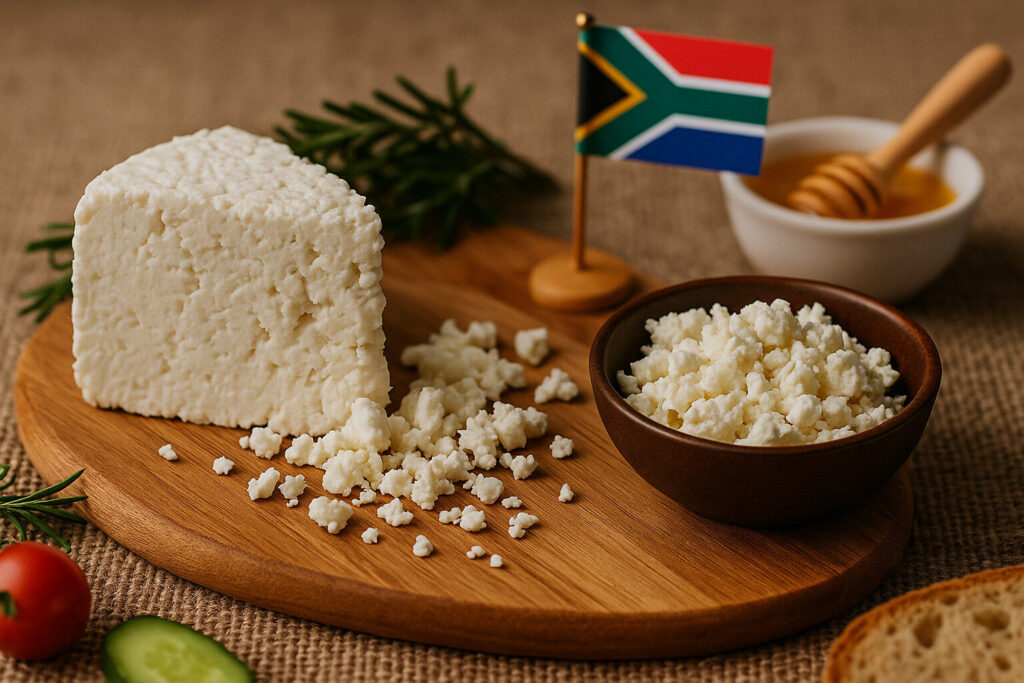Cheese Of South Africa
Cheese Definition and Scope
South African cheese production encompasses a diverse range of styles influenced by European traditions and local innovation. The scope includes both artisanal farmstead cheeses and large-scale industrial production, utilizing cow, goat, and sheep milk. This category represents a growing segment of the global cheese taxonomy with unique regional characteristics.
South African cheesemaking integrates Dutch, French, and British techniques adapted to local conditions. The industry produces everything from fresh cheeses like cream cheese to aged varieties such as cheddar and gouda. Many producers emphasize sustainable practices and distinctive terroir expressions in their products.
Production Methods
South African cheese production typically follows traditional European methods modified for the local climate. Most facilities use pasteurized milk due to regulatory requirements, with careful attention to temperature control during fermentation. Both microbial and animal rennet are commonly employed in the coagulation process across different cheese varieties.
Aging facilities range from modern humidity-controlled rooms to traditional cave aging systems. Many artisanal producers focus on handcrafted techniques including manual turning and brine washing. The production calendar often follows seasonal milk availability, particularly for farmstead operations using pasture-fed animals.
Sensory Profile
South African cheeses display notable diversity in texture, from the crumbly consistency of aged cheddar to the creamy softness of camembert-style varieties. Flavor profiles often reflect the local pasture, with herbaceous notes appearing in cheeses from specific regions. Many examples show balanced acidity and clean fermentation characteristics.
Color variations range from pure white fresh cheeses to deep golden aged varieties, influenced by animal diet and production methods. Aromatic profiles can include earthy, buttery, or slightly tangy notes depending on aging duration and specific cultures used. The sensory characteristics frequently demonstrate the intersection of traditional European styles with unique South African terroir.
Culinary Applications
South African cheeses serve both table and cooking purposes across the culinary spectrum. Fresh varieties like cheesemaking are commonly used in baking and dessert preparation. Firm cheeses such as cheddar and gouda appear extensively in sandwiches, burgers, and traditional South African dishes.
Many artisanal cheeses function as centerpiece items for cheese boards and tasting platters. Aged varieties are frequently grated for pasta dishes or melted in sauces due to their excellent melting properties. The versatility of South African cheeses makes them suitable for both everyday consumption and gourmet applications.
Regional Examples
Western Cape dominates South African cheese production with numerous creameries in the Stellenbosch and Franschhoek regions. Notable examples include Fairview’s award-winning goat cheeses and Dalewood Fromage’s camembert-style varieties. These producers often combine French techniques with local milk sources to create distinctive products.
KwaZulu-Natal contributes to the cheese landscape with specialties like farmstead cheddars and goudas. Eastern Cape producers focus on both traditional Dutch-style cheeses and innovative blends incorporating local flavors. Each region develops characteristic styles reflecting local dairy traditions and environmental conditions.




